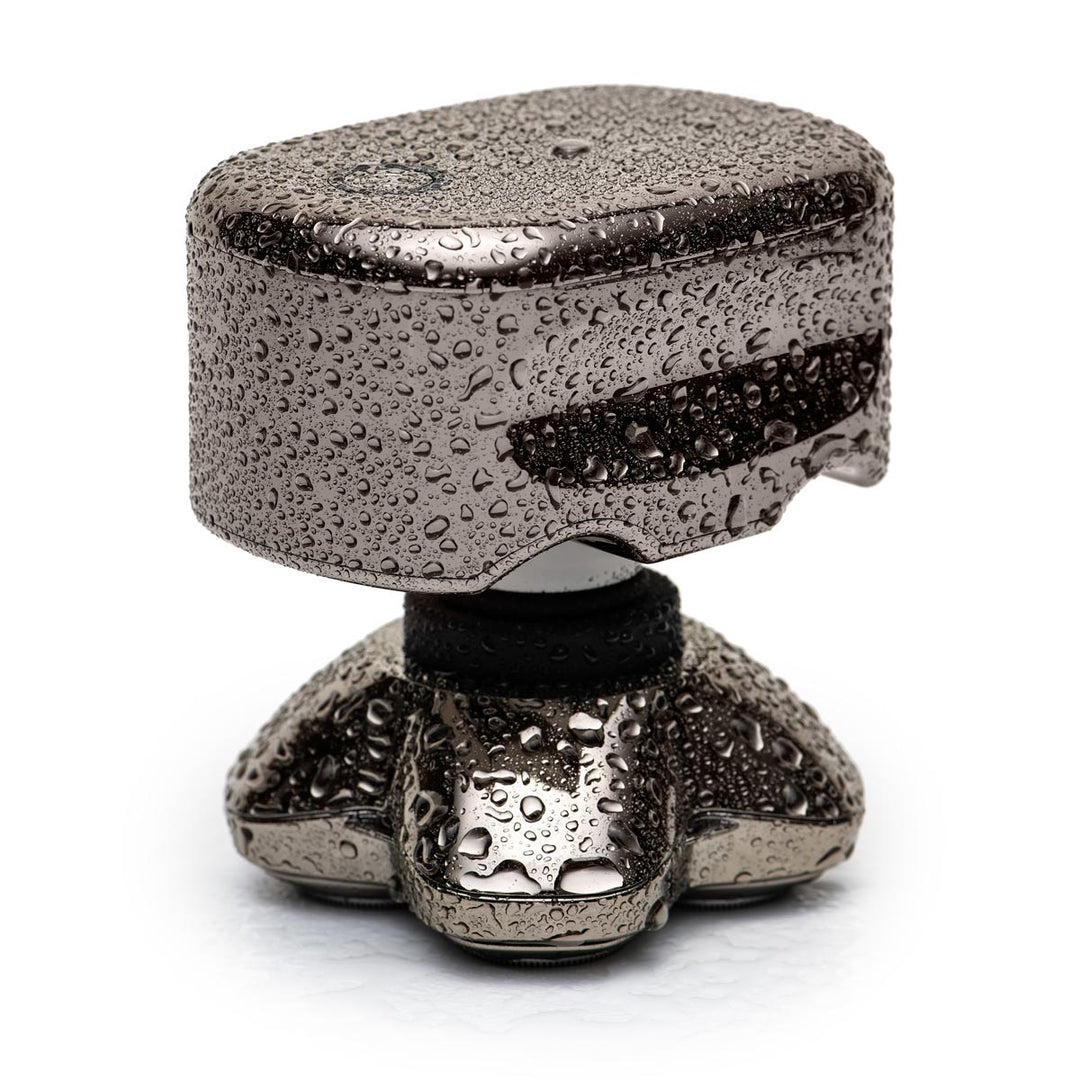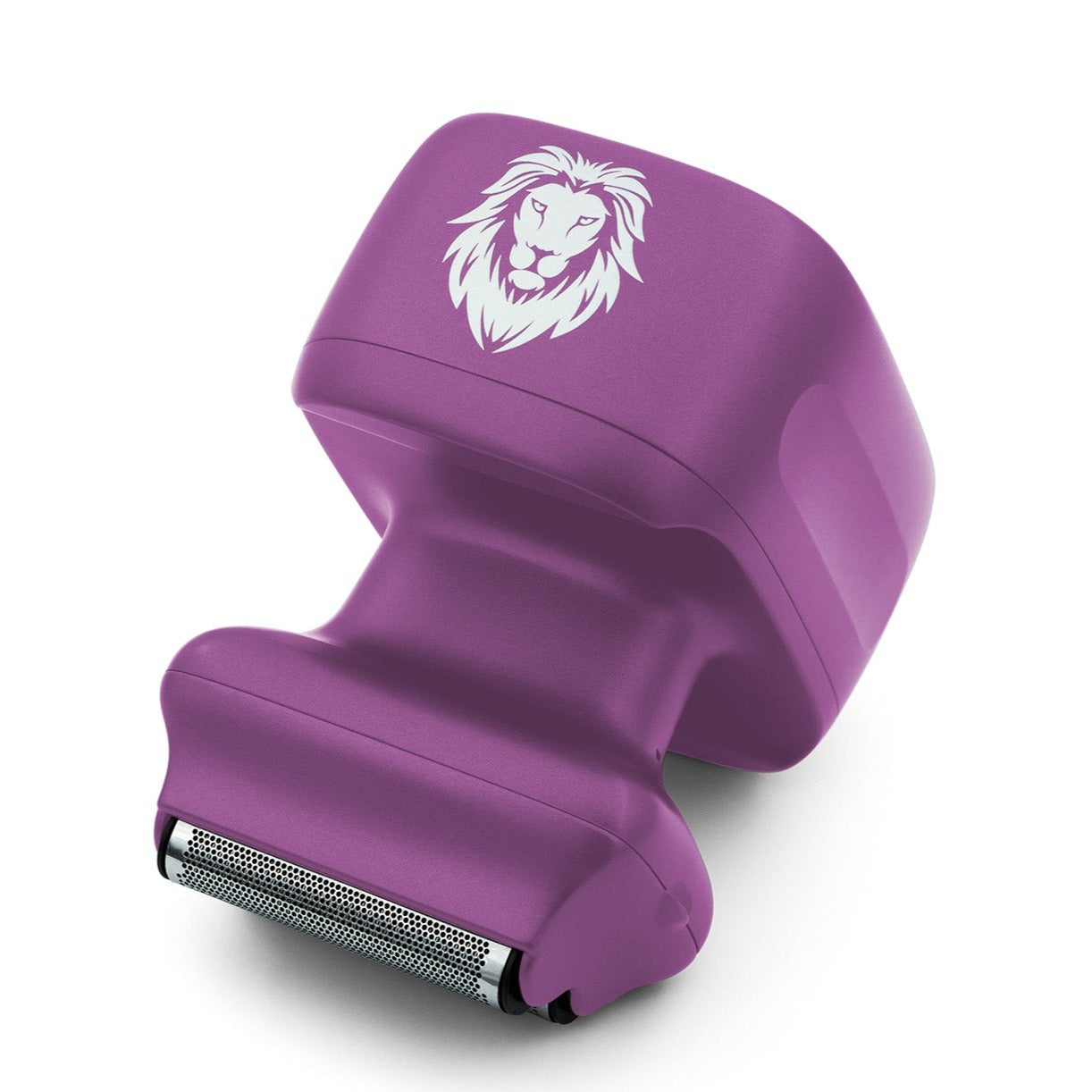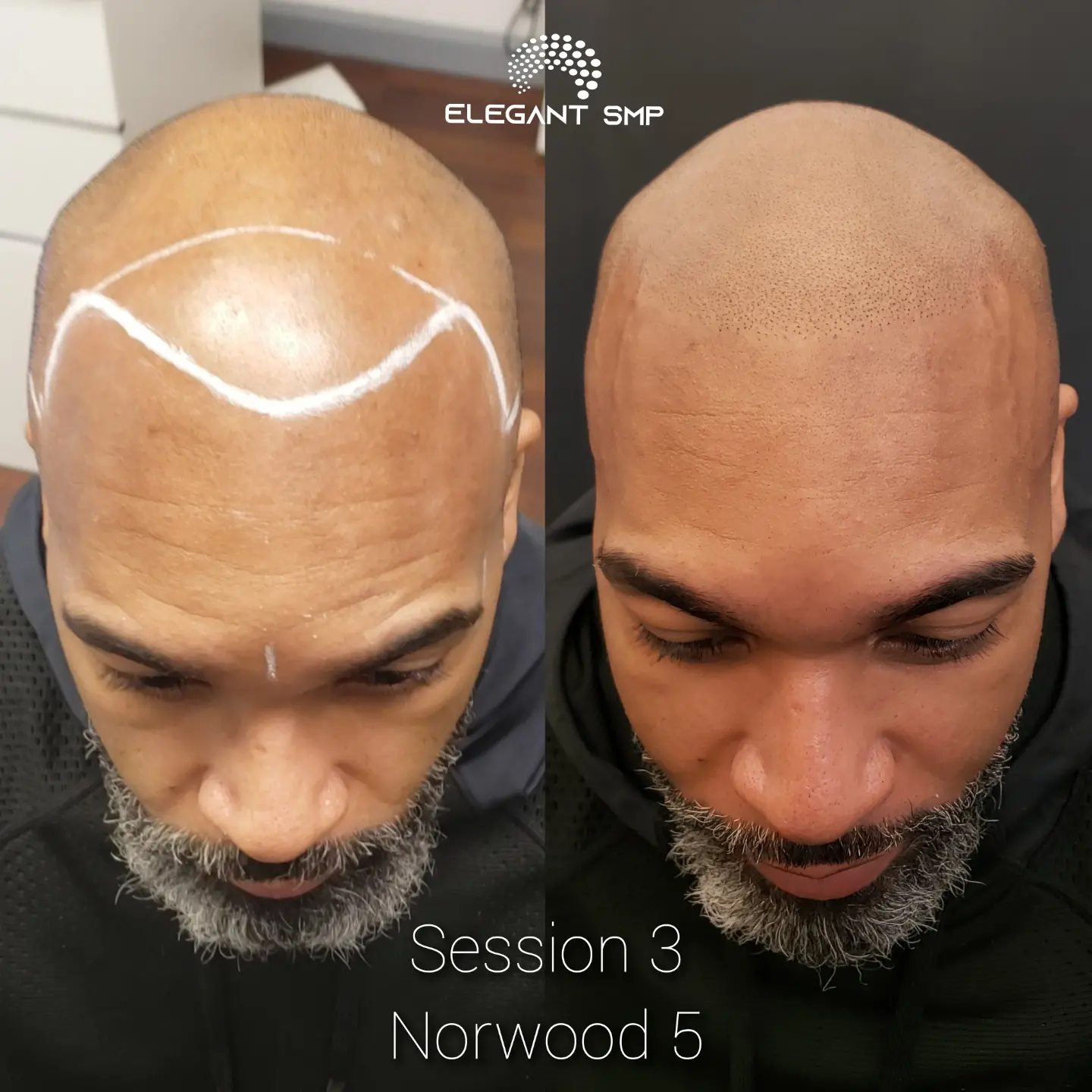Hair loss can be a disheartening challenge for many women, affecting not just their physical appearance but also their emotional wellbeing. While several remedies promise relief, from over-the-counter solutions to clinical therapies, Scalp Micropigmentation (SMP) has emerged as a cutting-edge, non-invasive alternative. This article delves into how SMP can offer a strategic solution for women battling hair thinning or loss.
Table of Contents

What is Scalp Micropigmentation?
Scalp Micropigmentation is a cosmetic procedure that creates the appearance of hair follicles by using detailed micro-needles to deposit pigment into the scalp. This technique is designed to mimic the natural look of hair strands which offers an illusion of a fuller head of hair. SMP can be tailored to match hair colors and styles, providing a discreet and realistic appearance.
Key Benefits of SMP
- Instant Results: Unlike hair growth treatments that take months to show results, SMP provides immediate visual enhancement.
- Non-Invasive: No surgical cuts or stitches involved, which means no significant recovery time and minimal discomfort.
- Long-Lasting: Results can sustain for several years, depending on individual cases, with only periodic touch-ups needed.
- Versatile: Suitable for all stages of hair loss and all skin types.
How SMP Works for Women Experiencing Hair Loss
The procedure for Scalp Micropigmentation involves a series of treatment sessions, where pigment is carefully layered to replicate the look of natural hair follicles. The process is highly detailed and requires skilled practitioners to ensure the most natural-looking results.
Typical SMP Procedure Timeline
- Consultation: An in-depth review of hair loss extent, skin type, desired results, and any pre-existing conditions or concerns.
- First Session: Initial application of pigment to the scalp, this session lays down the foundation of the new hairline.
- Second Session: Adjustment to the density and shade of the pigment, refining the appearance.
- Additional Sessions: Optional, depending on the desired outcome and the natural absorption of pigment by the scalp.
This phased approach helps in creating a seamless and natural enhancement to the scalp’s appearance.
Comparison Table of Hair Loss Solutions for Women
| Treatment Method | Expected Results | Timeframe | Invasiveness | Cost Range |
|---|---|---|---|---|
| Hair Transplants | Permanent Hair | Several Months | Invasive | High |
| Topical Treatments | Varying Hair Regrowth | Ongoing | Non-Invasive | Low to Medium |
| Scalp Micropigmentation | Illusion of Fuller Hair | Immediate | Minimal Invasiveness | Medium |
| Wigs and Extensions | Temporary, Full Coverage | Immediate | Non-Invasive | Variable |
Addressing Common Concerns
Is Scalp Micropigmentation Painful?
The level of discomfort varies from person to person but is generally minimal and more comfortable than tattooing. Most clients report only experiencing a light scratching sensation.
Who Is a Good Candidate for SMP?
Women with all types of hair thinning or loss – including those with alopecia, receding hairlines, or pattern baldness – can benefit from SMP. It is also an excellent option for women who have scars on their scalp they wish to conceal.
How Long Does SMP Last?
While SMP is not entirely permanent, it can last for several years. A touch-up session is recommended every 3 to 5 years to maintain the pigment’s intensity and freshness.
Conclusion
Scalp Micropigmentation represents a new horizon in treating female hair loss. Its adaptable and subtle nature makes it a revolutionary approach for women, offering relief and boosted self-confidence without the risks associated with surgical alternatives. For those considering SMP, the key is to consult with a qualified specialist who understands the nuances of hair patterns and skin types. Scalp Micropigmentation is not just a treatment but a transformation, restoring not only hair appearance but also personal assurance.













